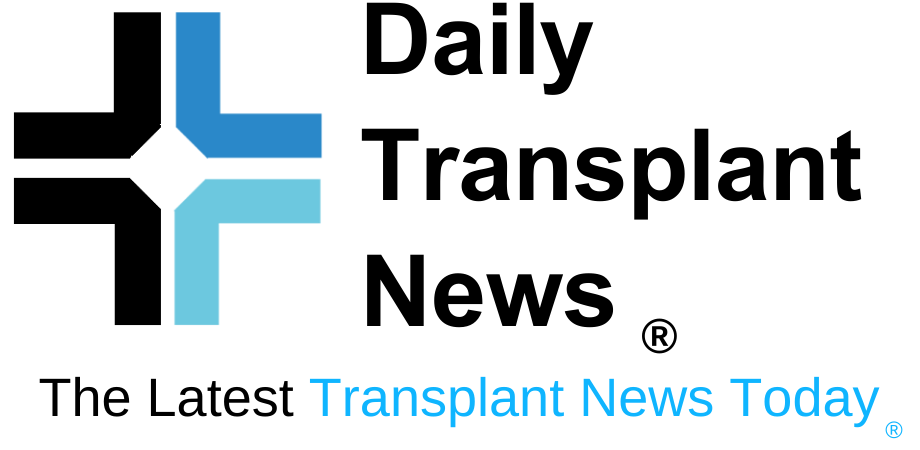LOS ANGELES — Adults with acute lymphoblastic leukemia (ALL), a type of bone marrow-based cancer, may require an allogeneic stem cell transplant (more commonly known as a bone marrow transplant) to survive. There may be cases. However, for Hispanic patients, finding an exact match within the family or through bone marrow donor registries can be difficult, with only a 30% chance of finding a matching relative and a matching bone marrow donor through national registries. The probability of identifying is 48%. Donor registration.
However, new Keck School of Medicine, University of Southern California study at leukemia research Our results suggest that bone marrow transplantation from haploidentical or half-identical relatives, in addition to being easier to detect, may significantly increase a patient's probability of success. Parents and children are guaranteed to be half-matched, but the probability that siblings are half-matched is 50%, which is twice the probability of finding a perfect sibling (25%).
The study retrospectively evaluated outcomes from 88 patients with B-cell ALL, a progressive leukemia in which the body produces too many abnormal white blood cells called B lymphocytes. University of Southern California Norris Comprehensive Cancer Centerpart of Keck Medicine. Bone marrow donors included a fully matched sibling donor, a fully matched unrelated donor identified through the national donor registry, and a semimatched donor from the patient's family. This study evaluated patient outcomes 2 years after transplantation.
Patients who received a bone marrow transplant from a half-identical relative were about 70% more likely to avoid recurrence than those who received a bone marrow transplant from a completely identical relative.
Compared to patients who received bone marrow transplants from exactly matched registered donors, half-identical related transplant recipients were more likely to experience both relapse and graft-versus-host disease, a debilitating disease in which the body rejects transplanted stem cells. were more than twice as likely to avoid
“These results indicate that Hispanic patients are more likely to receive bone marrow transplants from a half-matched parent, child, or sibling than from a fully matched parent, child, or sibling from a national donor registry.” “This suggests there is potential for profit.” Dr. George Yagmorehematologist University of Southern California Norris Comprehensive Cancer Center and lead author of the study. “This creates an opportunity for patients to receive life-saving treatment that would otherwise be out of reach.”
find your perfect match
Before undergoing a bone marrow transplant, a potential recipient must first find a donor with a compatible human leukocyte antigen (HLA) tissue type. HLA is a protein on your cells that acts like a signature or passcode for your immune system. When white blood cells encounter foreign cells with an unfamiliar HLA type, they trigger an aggressive response. To ensure that the patient's immune system accepts the new bone marrow stem cells, doctors aim to find a donor that is as compatible as possible for the patient.
Because HLA histology is inherited, patients often first consider relatives as potential donors. Unrelated matched donors are National Marrow Donor Program (NMDP)manages the largest registry of potential bone marrow donors.
Despite the size of the NMDP register, people from certain ethnic backgrounds are underrepresented within the register, making it more difficult to find a match. White patients have a 79% chance of being matched through the registry, while Hispanic patients only have a 48% chance of being matched.
Hispanic patients have a higher incidence of ALL compared to white patients and often exhibit high-risk disease characteristics that are associated with more difficult outcomes and require complex care. This makes finding a bone marrow donor even more important.
New opportunities with half-identical donors
Bone marrow transplants from semi-identical family members are difficult due to the difficulty of finding an exact match donor and advances in treatments that help the body accept new cells even though they do not have an exact match HLA type. Now it's happening more often.
Professor Yagmore said the results of the study should prompt larger clinical trials to further investigate the findings and show that bone marrow transplants from half-identical relatives are more successful, particularly in patients with high-risk subtypes of ALL. We hope to gain insight into the reasons behind the results.
“These findings provide a strong rationale to continue investigating the clinical benefits of haploidentical bone marrow donation, especially among patient groups who have historically had limited access to fully matched donors.” said Yagmore, who is also associate director of transplantation and cell therapy at the University of Southern California Norris. and Associate Professor of Clinical Medicine Keck School of Medicine, University of Southern California. “Future research has the potential to address health disparities while optimizing outcomes, ultimately bringing more hope to all patients facing this difficult diagnosis.”

